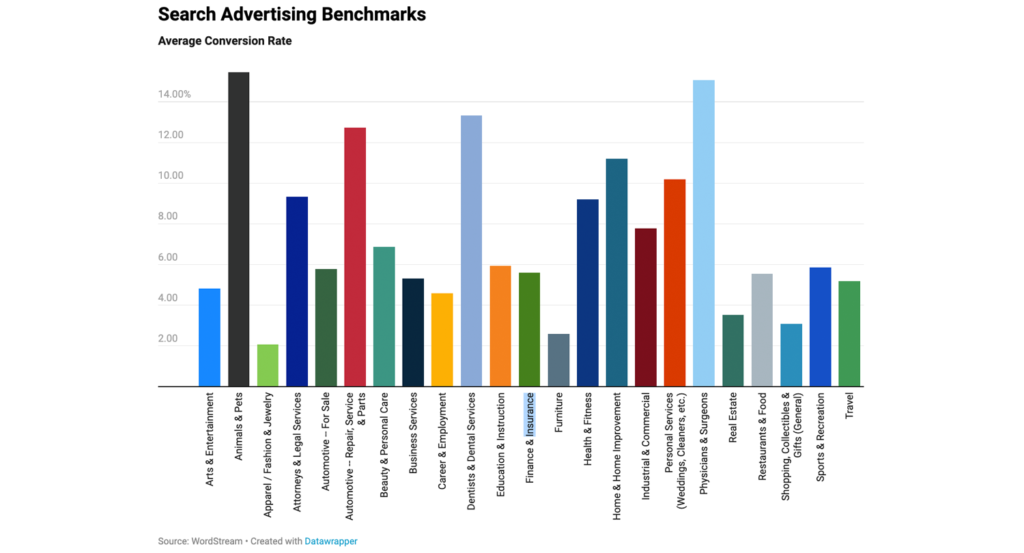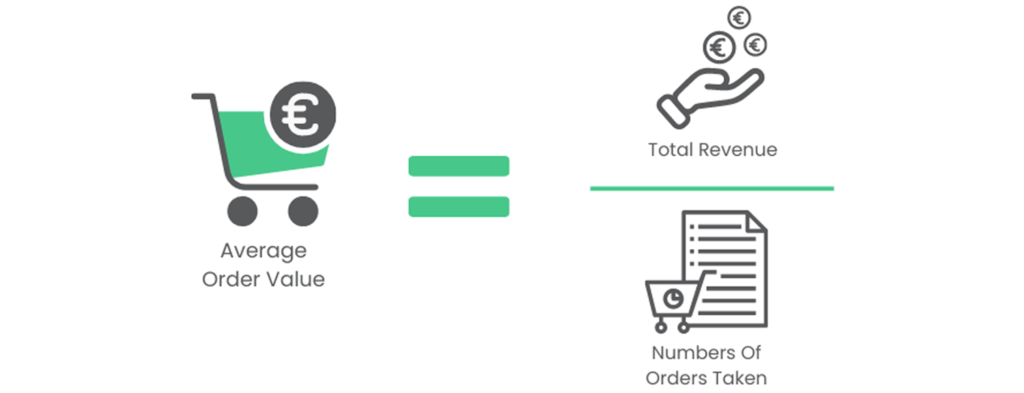The 7 most important eCommerce metrics you need to monitor
As an eCommerce store owner, you probably go through tons of data on a daily basis, but you might be still struggling to figure out what key metrics are really important to you. Here are the 7 most important eCommerce metrics that can help you measure and achieve your goals from your online store.
Make sure you don’t get lost in the depths of information available when it comes to eCommerce metrics.
eCommerce store owners have access to a huge amount of data.
For example, the number of sales by day, week, month. The average value of all items purchased. Cart abandonment. Buy-to-detail rates. Funnel dropouts – on and on the list goes.
Tracking your shop’s success will be a breeze with these seven ecommerce metrics.
1. Sales & Conversion Rate
A store’s conversion rate is simply the percentage of people who visits the store and make a purchase.
The following formula can be used to calculate your conversion rate:

2. Website Traffic
When you’ve tracked your conversion rate and optimised it, it’s time to think about how you can bring more customers to your ecommerce site.
Measuring website traffic plays an important role here.
Let’s go back to your conversion rate of 1%, or 10 purchases for every 1,000 visits. After optimisation, let’s suppose this rate increased to 5% – 50 sales for every 1,000 visitors.
It follows that if you had 10,000 people visit your site, you would also have ten times more sales.
Although it’s not a guarantee, it’s nonetheless vitally important to make sure people are aware of your online store or page to maximise the likelihood of generating sales.
To grow your website traffic, you can:
- Introduce offers on social media.
- Optimise your site/store for search engines.
- Ask people to subscribe your newsletter.
3. Opt-In Rate For Email
When it comes to remarketing and generating repeat business, email marketing remains one of the most important tools for eCommerce even today.
Sumo estimates the average email opt-in rate at 1.95% based on over 3.2 billion sessions.
Getting as many people on your email list is similar to getting traffic to your website, even if they don’t immediately buy. A newsletter subscriber, unlike an ordinary website visitor, is interested in your brand enough to go through your products and services, which means they will become paying customers sooner rather than later.
You can encourage people to subscribe to your emails by offering something of value in exchange for their email addresses. If you want to attract new subscribers, you can offer them an exclusive deal (such as a code or voucher).
According to the Director Marketing Association (DMA), $1 invested in email marketing can return $42 on average, according to their 2019 marketer email report.
4. Customer Lifetime Value

An average customer’s lifetime value (CLV) measures how much you earn from them over time. In other words, if a typical customer makes six transactions, each worth $30, during his or her lifetime, your CLV would be $180.
You still need to deduct your acquisition costs from this figure, which brings us to the next point.
It’s important to measure your CLV because it helps determine how much to spend to acquire new customers and how far to keep them.
Improve your average order value (more on this later) and create loyalty among your existing customers to increase the CLV of your online store.
5. Average Order Value
It is obvious that you want your customers to spend as much as possible on your online store. As the name suggests, The average order value of your store refers to the average amount spent on every purchase.
If you want to calculate yours, divide the total amount of sales by the number of carts.

By tracking your average order value, you can set benchmarks to encourage people to spend more on each purchase.
The following are some ways to improve this metric:
- Enhance the usability of their primary purchase by upselling complementary items.
- Provide a small discount when customers purchase products as a package rather than separately.
- To encourage customers to maximise their spending, offer free shipping on purchases over a certain threshold.
6. Customer Acquisition Cost
It’s obvious that growing your customer base is important, but it’s also just one part of the equation. Having an average acquisition cost of $30 but an average order value of $25 means your business is still losing money.
It is here where your Customer Acquisition Cost (CAC) comes into play. From marketing and sales to hosting and staffing, your CAC tracks your average cost of gaining one customer.
The CAC will give you an overall figure, but you can also calculate it by source (such as search engines, social media, or email lists).
You can reduce your CAC by:
- You can improve your conversion rate.
- Your advertising should be optimized so that you spend less for each customer you acquire.
- You should invest in free/organic marketing, such as SEO and social media marketing.
- Encourage existing customers to refer new customers by investing in referral marketing.
7. Shopping Cart Abandonment Rate
It’s obvious that growing your customer base is important, but it’s also just one part of the equation. Having an average acquisition cost of $30 but an average order value of $25 means your business is still losing money.
It is here where your Customer Acquisition Cost (CAC) comes into play. From marketing and sales to hosting and staffing, your CAC tracks your average cost of gaining one customer.
The CAC will give you an overall figure, but you can also calculate it by source (such as search engines, social media, or email lists).
You can reduce your CAC by:
- You can improve your conversion rate.
- Your advertising should be optimized so that you spend less for each customer you acquire.
- You should invest in free/organic marketing, such as SEO and social media marketing.
- Encourage existing customers to refer new customers by investing in referral marketing.
Shopping cart abandonment refers to the percentage of shoppers who add products to their cart but do not complete the purchase.
These people are window shoppers who are on the verge of making a purchase, but are not quite ready to take the plunge. The number of abandoned shopping carts is higher than you might think. 69.82% of shoppers abandon their carts, according to Baymard Institute.
It’s a good idea to try to improve your abandonment rate even if it’s roughly equal to this benchmark.
- The checkout process should be simplified, so the shopping experience will be seamless for customers.
- Make use of remarketing to entice undecided shoppers back to your store. You can do this by running targeted ads and writing follow-up emails.
If you can master these 7 eCommerce metrics you will be in a great position to have the information you need to start to grow your business.
If you would like any further information or assistance with your eCommerce website or metrics please get in touch please get in touch with [email protected] or call +353 (0)1 4750066
Monsoon Consulting is Ireland’s only Adobe Gold Solution Partner, focusing on delivering best-in-class B2B and B2C eCommerce solutions to large companies such as Uniphar PLC, Sysco (Pallas Foods), Topline, Heat Merchants Group, One4All and Central Bank of Ireland.
The team at Monsoon provides a full-service offering from business consultancy & strategic planning, UX & UI creative design, development & engineering, Infra & Dev ops to a dedicated Support team, offering 24×7 critical application support.
For more information on our Enterprise Magento Acceleration product, “Apex”




